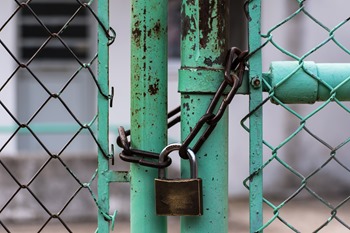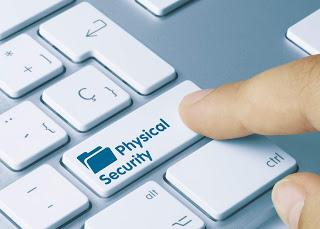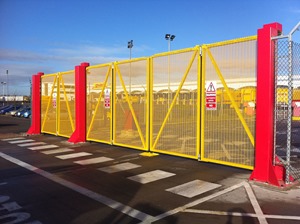 Business security needs to be at the top of the list for companies, both in terms of physical and cyber levels. Here we share some tips on boosting your businesses physical security and how it can help make the company’s overall security more robust.
Business security needs to be at the top of the list for companies, both in terms of physical and cyber levels. Here we share some tips on boosting your businesses physical security and how it can help make the company’s overall security more robust.
Device Inventory
When it comes to cybersecurity and data protection, physical security is not always considered. However, it is just as important as a preventative measure. Businesses should keep an inventory of all the devices that contact company data. Ensuring you have this physical check-in place will allow you to keep control of the devices, learn immediately if there has been a theft and deal with it accordingly. Knowing who has what device and with what information can help damage limitation.
Limit access to certain areas
It is important that members of staff do not automatically have access to all areas of the business if it does not directly relate to their job. Rooms that should only be accessed by certain members of staff should be out of bounds to other employees. There is a myriad of physical security options to achieve this. Barriers, turnstiles, and keypads are all effective ways to achieve this.
Go one step further with biometrics
Businesses should also consider the use of biometrics. Used alongside the traditional physical security measures, you can have peace of mind that only authorised people are entering certain areas of your business. Biometric keypads, for example, will only work for that individual, meaning no intruders can enter.
Have sufficient security documents
A business’ security efforts can sometimes be wasted if they are not used properly. Always train staff sufficiently on all aspects of business security through training sessions and security documents and policies. If employees are not trained correctly they may be putting the business and others at risk, potentially not even realising they are doing so. Ensure security documentation covers at least the following:
– Door locking process and times
– Who has what access
– Who manages security
– Password policy
– Visitor Access policy and procedure
Always update these documents regularly and hold a training session with employees ideally once a month as security methods will continue to change and people need updating.
As you can see, these tips can help businesses improve their overall security. By using physical security, the premises are not only secure but the company’s data as well. It only takes one breach of security to severely affect a busy. Using these tips can help a company get started on ensuring their premises and data remain as secure as possible.
What’s Next?
For more information on how Gateway Automation can help keep your premises secure, please contact us on 01522 682255 for a free, no-obligation quotation and feasibility survey to assess your perimeter security equipment.

 University campus security can be a difficult challenge to overcome. With hundreds of students coming and going around campus, it is crucial that sufficient security measures are in place. Here we discuss some of the best ways to approach campus security challenges and what measures should be enforced.
University campus security can be a difficult challenge to overcome. With hundreds of students coming and going around campus, it is crucial that sufficient security measures are in place. Here we discuss some of the best ways to approach campus security challenges and what measures should be enforced.  Physical security practices in the workplace is a huge topic. but where does the cautious business owner start?
Physical security practices in the workplace is a huge topic. but where does the cautious business owner start?






Recent Comments